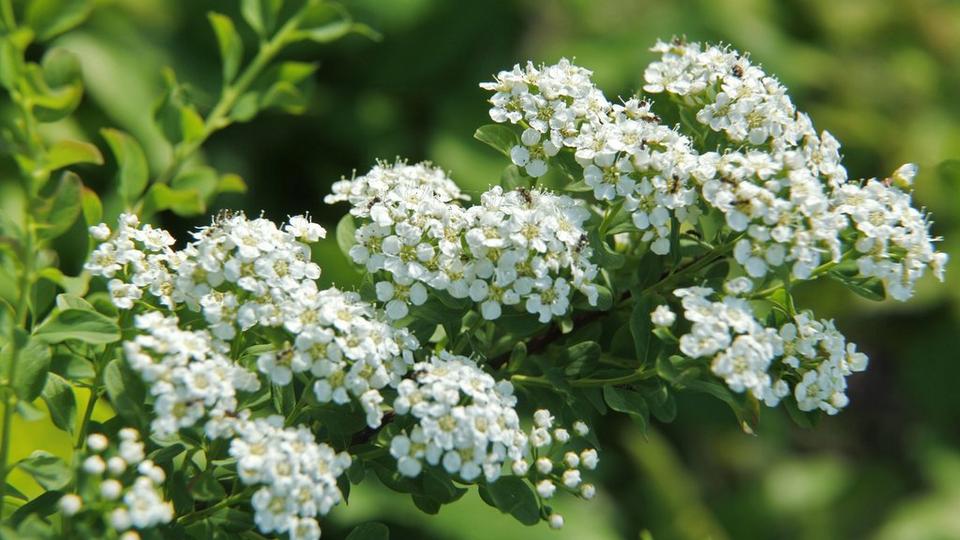Plants for Summer: A Beginner’s Guide

From sunshine-loving houseplants to flowers that come back every year and bloom all summer, discover what to start sowing and growing with our beginner’s plant guide.
Outdoor Summer Plants
Shades, shovel and seeds at the ready – it’s time to brighten up your outdoor space with a range of warm-weather plants. Choose from a range of perennial flowers that bloom all summer and annual plants that wow for just one year. Lots of these are not just beautiful, but they’re also great for attracting important pollinators like bees to your garden too.
Sunflower colours
While commonly sunshine yellow, sunflowers are also available in shades of orange, red, brown and pink.
Sunflower availability
Pick up seeds for annual sunflowers all year round and perennial sunflowers as plants in summer and autumn.
Sunflower lifespan
Annual sunflowers will live for a year and perennial types will come back each year.
Sunflower care tips
Sow annual sunflowers in pots from April and plant them outside once they’re a bit bigger and the weather has warmed up. Sunflowers follow the sun (known as heliotropism in horticulture) so pick a sunny spot and somewhere they won’t get blown around. If you’re growing tall sunflowers, give them a support like a beanpole. Water regularly and feed every few weeks.


Rose colours
White, red, orange, yellow, pink and purple – choose from a huge selection of colours and patterns.
Rose availability
Order bare-root roses online from November to March. Rose plants in soil are available to buy throughout the year.
Rose lifespan
Roses are perennials. They’ll flower for many years, living up to and sometimes over 10 years.
Rose care tips
Like most summer flowers, roses like to grow in a sunny area. When planting, add well-rotted organic matter and give your rose a stake for support if needed. Water roses more often at first, every couple of days during hot weather, and then once a week when they’re established. Feed in spring and after the first flowering. Do your research on pruning them too, it can make a big difference to how they come back next year.
Top tip: bare-root roses need slightly different care, so best to research before planting.
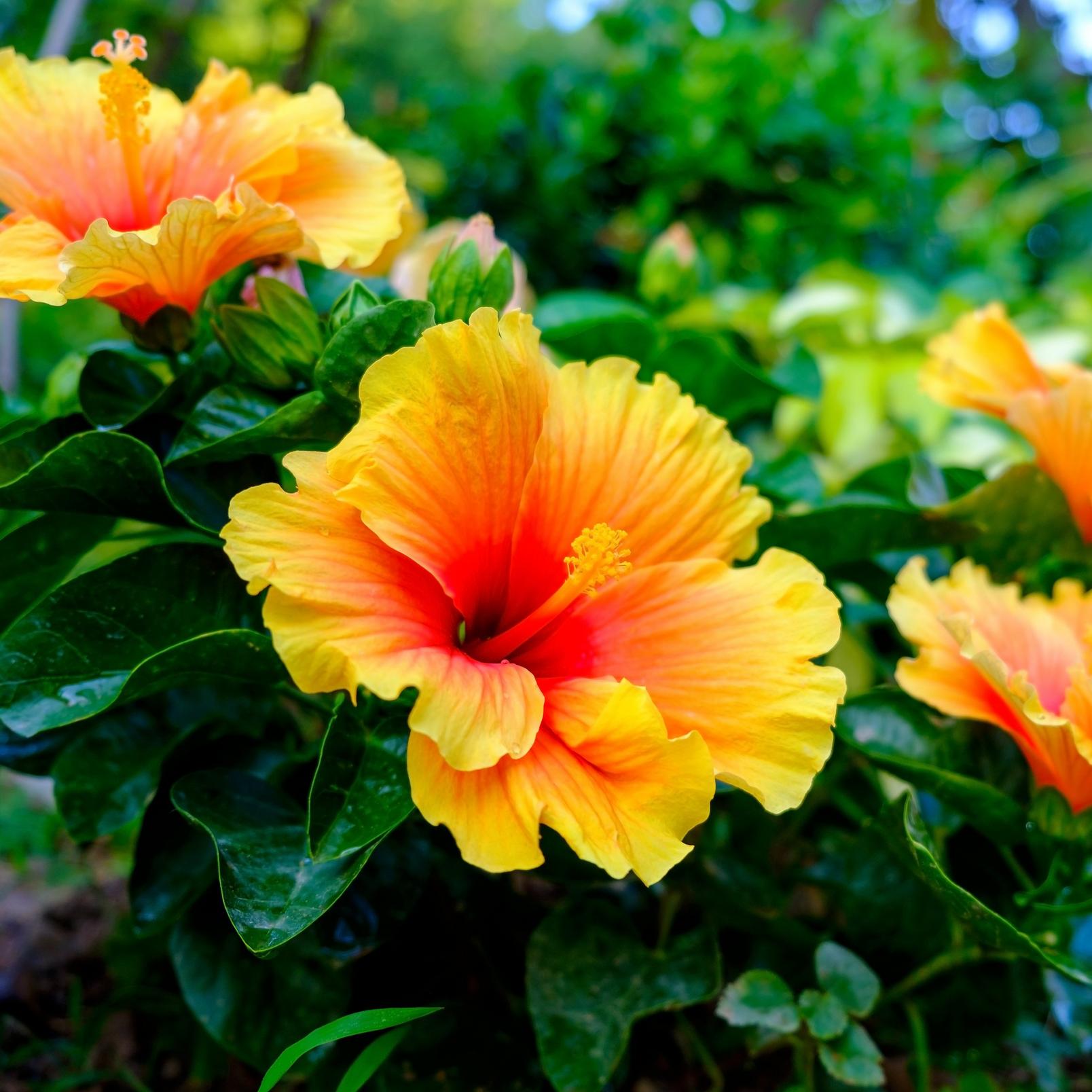
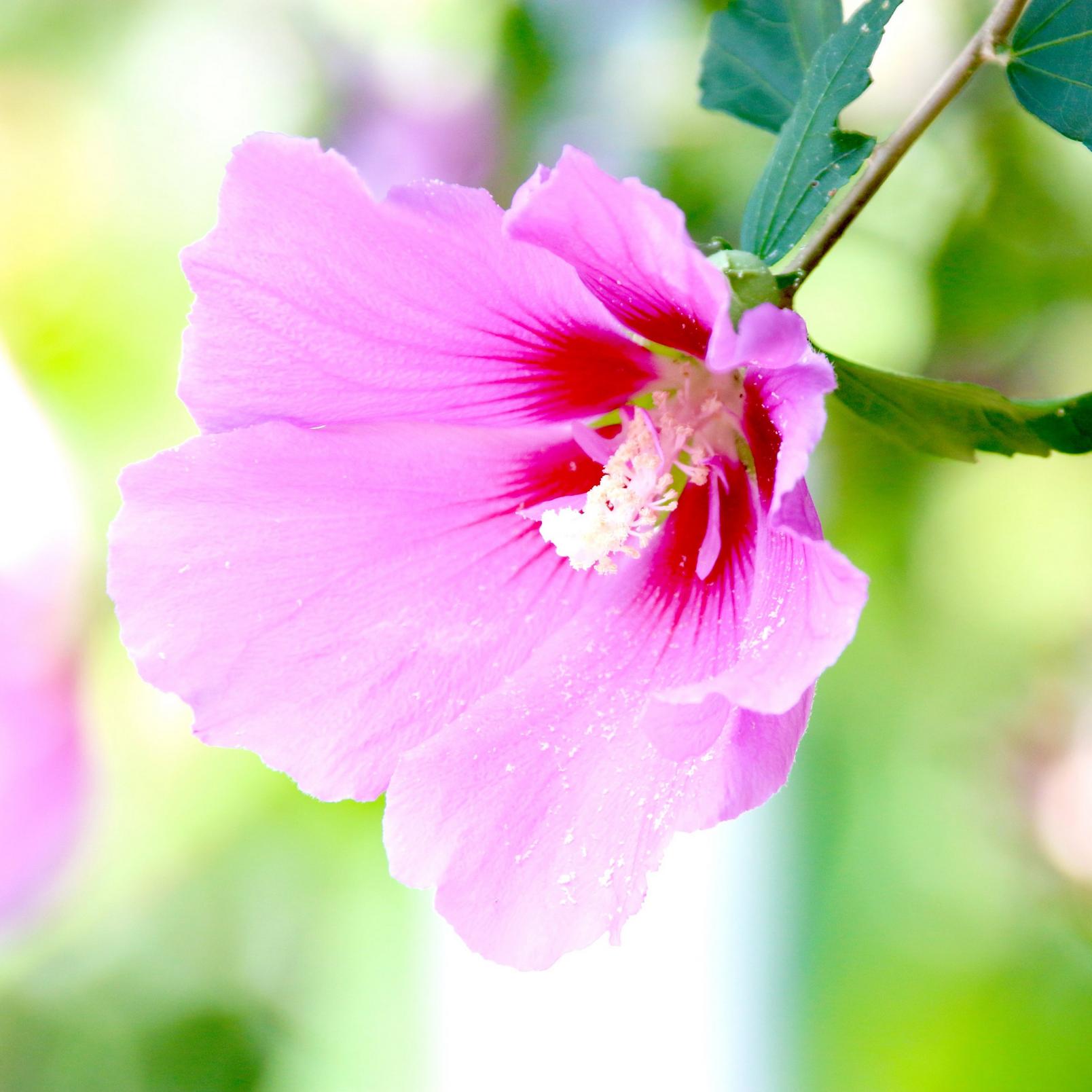
Hydrangea colours
Available in pink, white and blue, hydrangeas often change colour depending on your soil type.
Hydrangea availability
You can buy plants all year round.
Hydrangea lifespan
Typically lasting around 10-20 years, some have been known to live up to 50 years!
Hydrangea care tips
Choose a sunny or partially shaded spot for your hydrangea and make sure the soil is moist but well-drained. The best time of year to plant them is in spring or autumn – if planting in the summer take care that the soil isn’t too dry. Keep hydrangeas well-watered during summer and mulch in spring. Prune depending on the type but remember many flower on old growth so go easy.


Dahlia colours
Dahlias come in almost every colour – including red, pink, yellow, orange, purple and white. Look out for bi-colour varieties too.
Dahlia availability
Pick up dahlia tubers from February and plants throughout summer. Seeds are available all year, but best sown in early April.
Dahlia lifespan
They’re tender perennials, which means they’ll flower for many years but need protection from the cold weather. Dig up and store dahlia tubers somewhere dry in autumn ready to plant next year.
Dahlia care tips
Start dahlia tubers off in pots indoors or in a greenhouse in March. Once they’ve developed shoots and are a bit bigger, harden off plants before planting outside (usually around May/June when danger of frost has passed). Pick a sunny area with shelter and give your dahlia a plant support if needed. They like to be watered regularly and will benefit from a weekly tomato feed during summer.
Top tip: slugs love dahlias, so keep an eye out for them. The best way to get rid of them is to put copper around them, or to go out at night with a torch and relocate them (the birds will enjoy them in the morning).
Side note: you might be wondering why we haven’t included summer favourites petunias or pansies. It’s because it these blooms contain very little nectar (or are inaccessible because of their petals) for bees or other pollinators – making them plants that are a bit of a waste for wildlife. Given the major decline of insects in the UK, instead we’re backing blooms that are beautiful for us, and helpful for our ecosystem.
Indoor Summer Plants
Gerbera colours
From brighter shades to pastel hues, gerberas come in a wide selection of colours including yellow, orange, pink, purple, red and white.
Gerbera availability
Buy indoor gerberas as houseplants any time of the year.
Gerbera lifespan
As houseplants, gerberas last around 3 years.
Gerbera care tips
Place your potted gerbera somewhere it’ll get lots of sunshine (but watch out it doesn’t get scorched by direct sun in summer). Water a few times a week during warmer weather. Gerberas don’t like to get too hot or cold, anywhere from 12-20 degrees is best. Remove faded flowers regularly to encourage your plant to keep flowering.
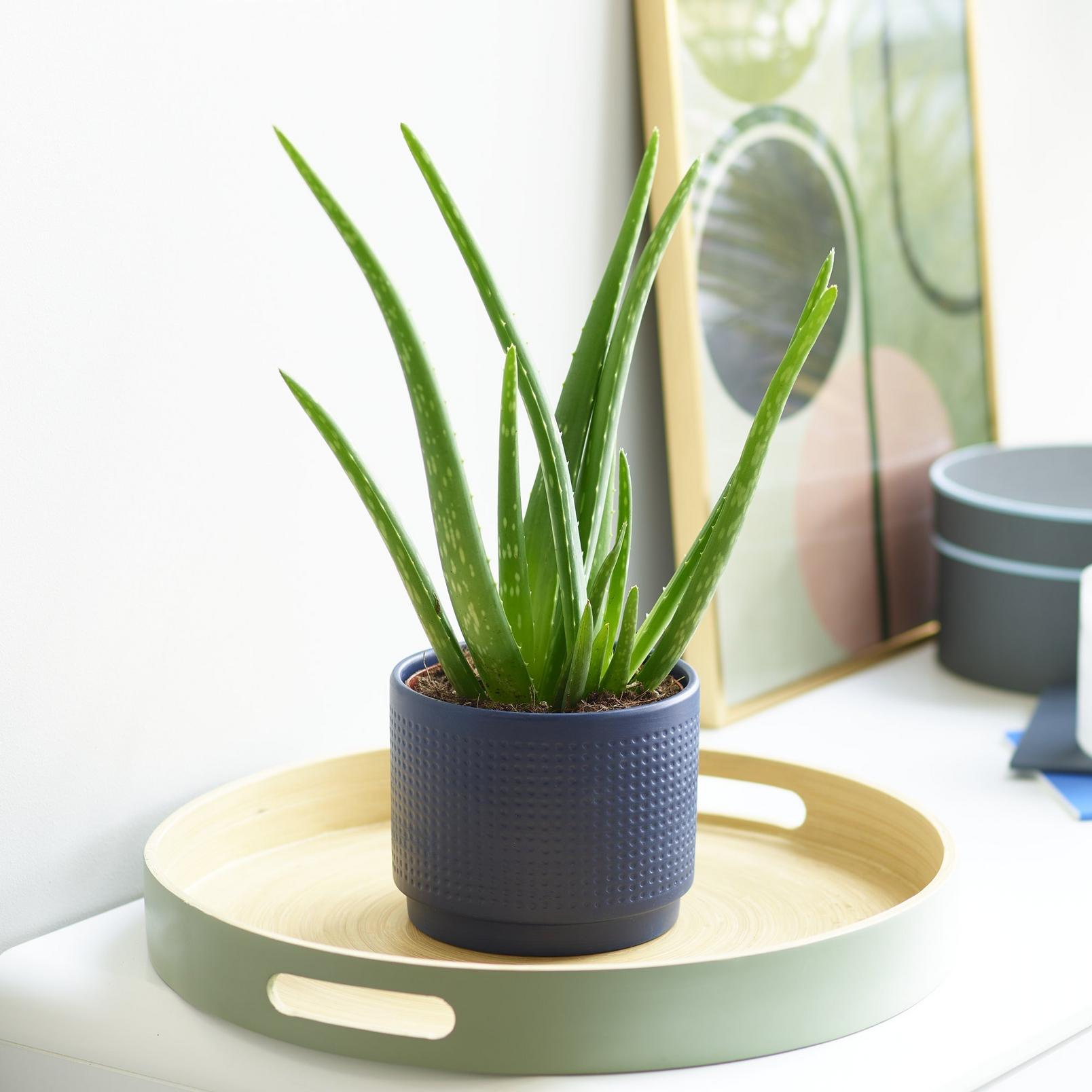
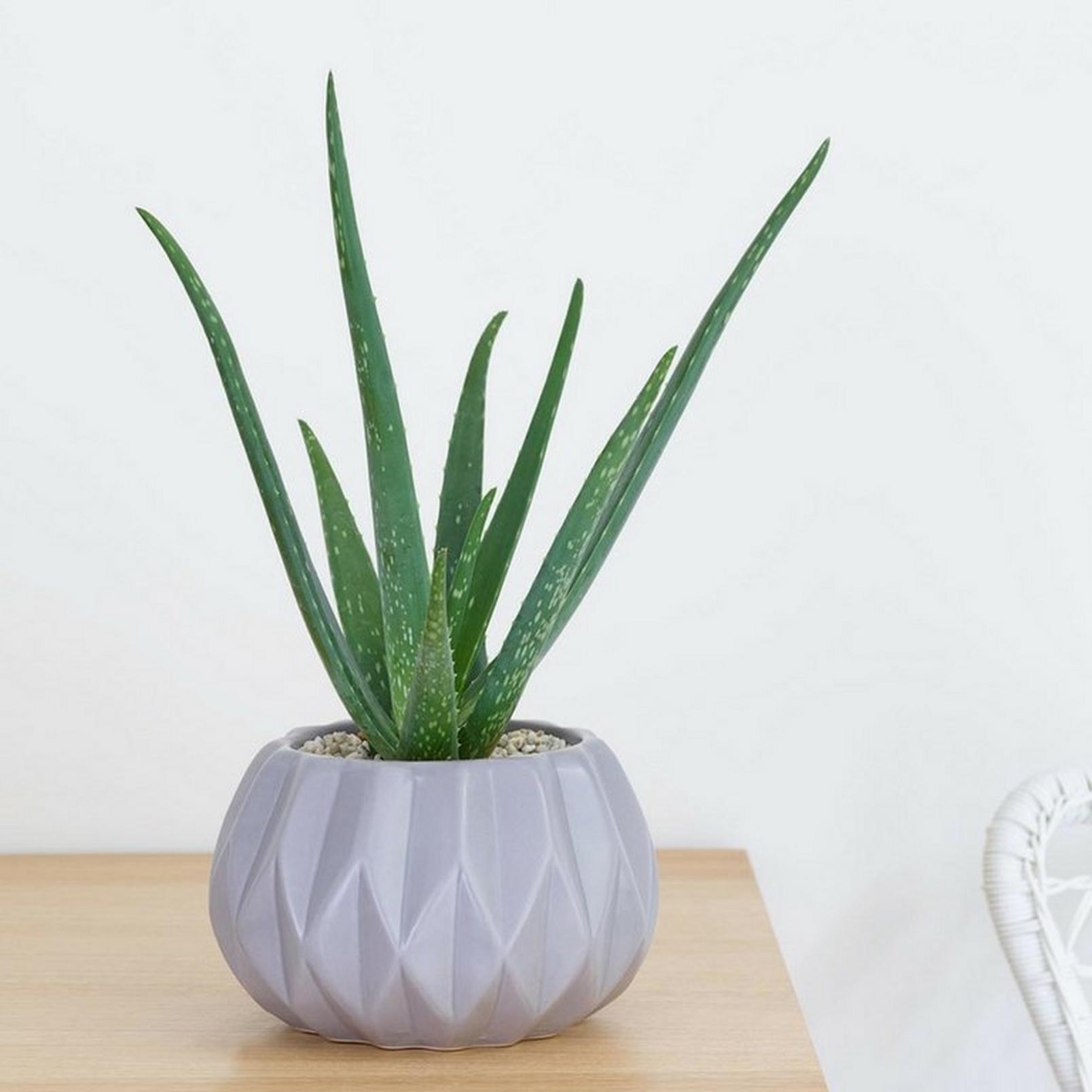
Peace Lily
Peace Lily colours
Plants have white flowers.
Peace Lily availability
Buy them as houseplants any time of the year.
Peace Lily lifespan
Most will live for around 5 years, but they can last longer.
Peace Lily care tips
Find a bright spot but avoid direct sunlight. Humid spaces like a kitchen or bathroom are best. Water often keeping the soil moist but not too wet and apply a liquid houseplant feed every 2-3 weeks during spring and summer


Kalanchoe
Kalanchoe colours
Pick from red, purple, orange, yellow and white.
Kalanchoe availability
Find them in local garden centres and florists usually in summer.
Kalanchoe lifespan
Plants will live up to 5 years. With the right care, kalanchoes will flower again after the first year.
Kalanchoe care tips
Kalanchoes are low maintenance, just pop them somewhere sunny and water every few weeks. If you’re potting them up yourself, use a mix with good drainage like cactus compost. To encourage them to flower again, place them somewhere dark after blooming and limit their daylight intake (there’s lots of advice online on how to do this).
Wild Summer Plants
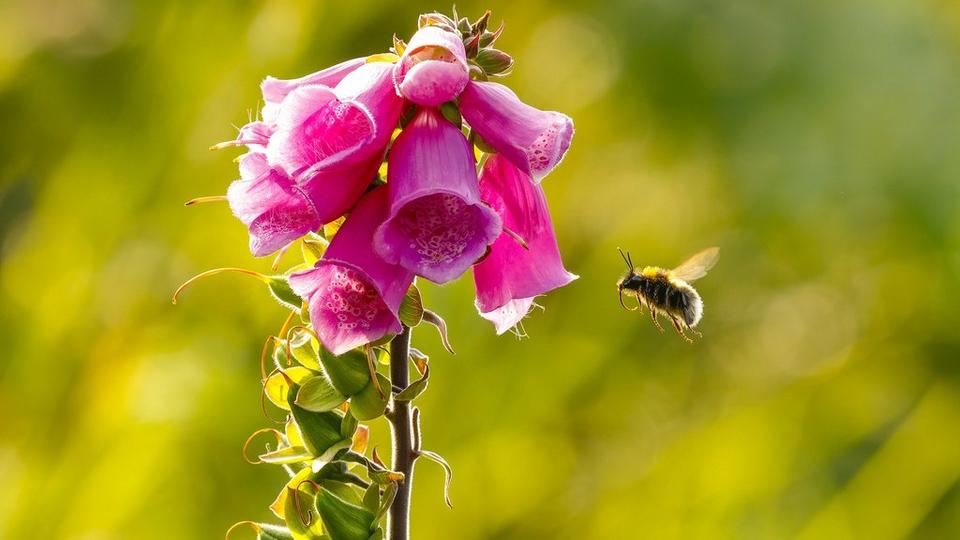
Foxglove
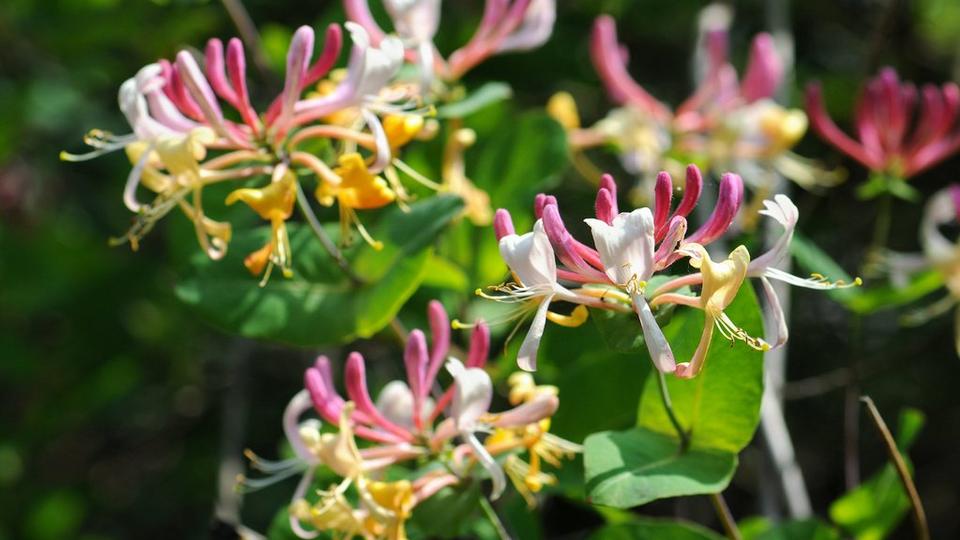
Honeysuckle
